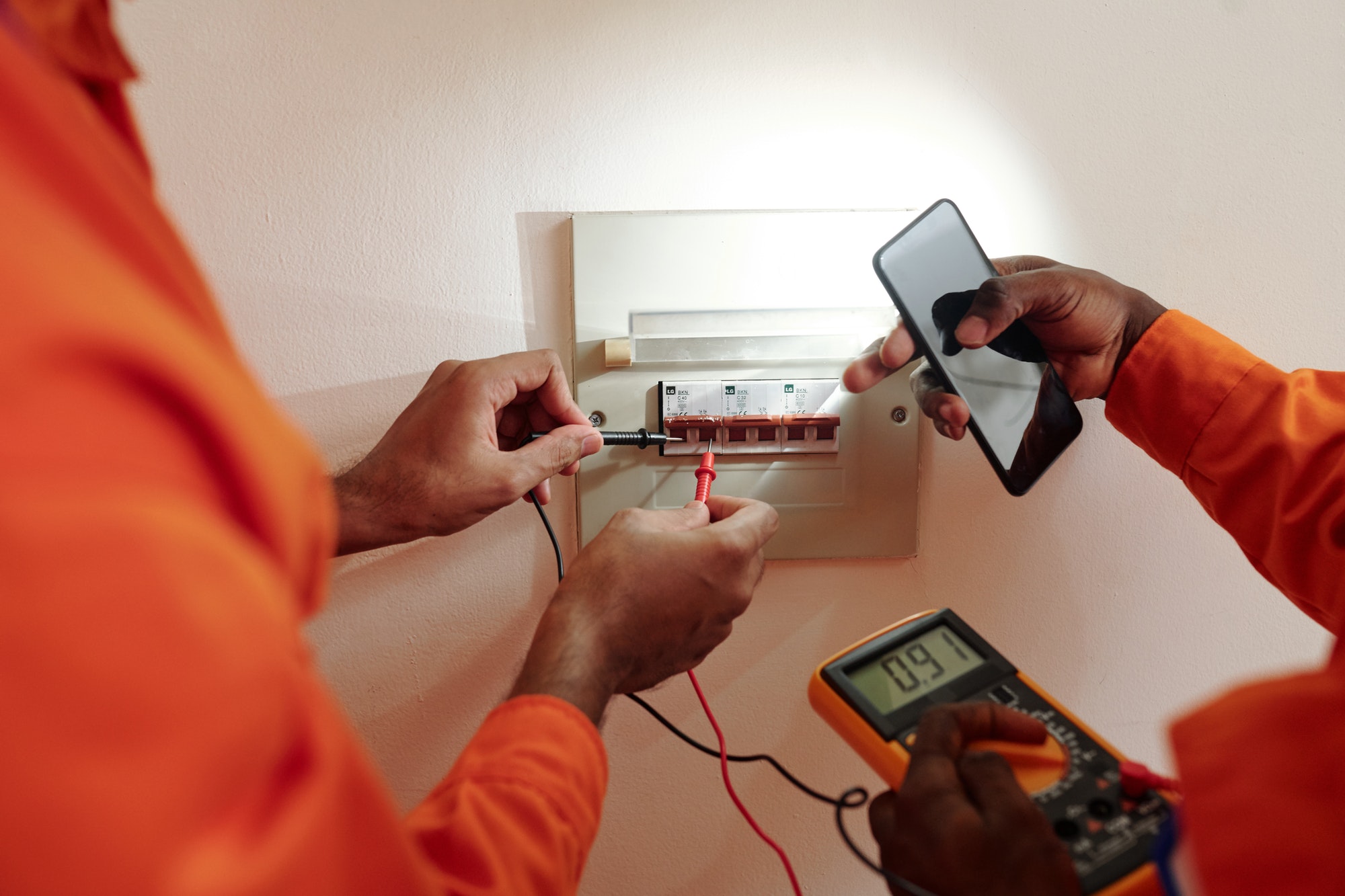Lighting design plays a pivotal role in setting the ambiance of any space, whether it’s a cozy home environment, a professional workplace, or a relaxing commercial setting. A well-thought-out lighting plan can transform an ordinary room into a captivating experience, enhancing both aesthetics and functionality. Here are several tips to help you master the art of lighting design and create the perfect ambiance:
1. Understand the Layers of Lighting
Lighting design typically involves three layers: ambient, task, and accent lighting. Each serves a specific purpose and, when combined, they create a balanced and functional space.
- Ambient lighting provides overall illumination to a room and is the primary source of light. It can come from ceiling fixtures, recessed lighting, or natural light.
- Task lighting is intended for specific activities like reading, cooking, or working. It’s more focused and brighter than ambient lighting. Examples include desk lamps, under-cabinet lighting, and reading lamps.
- Accent lighting is used to highlight architectural features, artwork, or other important elements of a room. It can be achieved with track lighting, spotlights, or wall-mounted fixtures.
2. Utilize Dimmers
Dimmers are a crucial tool in creating ambiance. They allow you to adjust lighting levels to match the time of day, the activity, or the mood you wish to create. Dimming lights can instantly make a space feel more intimate and comfortable, while brightening up can increase energy and alertness.
3. Choose the Right Color Temperature
Color temperature greatly affects the ambiance and mood of a space. Bulbs that emit a warm white (2700K to 3000K) create a cozy and welcoming feel, making them ideal for living rooms and bedrooms. Cooler whites (3500K to 4100K) have a more energizing effect, suitable for kitchens and bathrooms. For offices and workspaces, daylight bulbs (5000K to 6500K) mimic natural light and enhance productivity.
4. Incorporate Reflective Surfaces
Use mirrors, glossy finishes, and metallic objects strategically to enhance the lighting in a room. Reflective surfaces can help distribute light more evenly and increase the brightness of the space without adding more fixtures.
5. Play with Shadows
Lighting isn’t just about brightness; shadows also play a significant role in creating depth and intrigue in a room. Position lights at different angles and heights to cast shadows that add texture and visual interest to the space.
6. Select the Right Fixtures
The design of the fixtures themselves can contribute to the room’s overall ambiance. Choose fixtures that complement the style and decor of the space. For instance, ornate chandeliers can add a touch of elegance to a dining room, while sleek, minimalist lamps can enhance a modern living room.
7. Experiment with Bulb Shapes and Sizes
Different bulb shapes and sizes can also impact the feel of a room. Larger bulbs or those with unique shapes can serve as a focal point or conversation piece, while smaller bulbs can be more subtle and understated.
8. Consider Natural Lighting
Natural light should be maximized in any lighting design. Use light-colored curtains or blinds to diffuse light without blocking it entirely. Consider the placement of windows and skylights in relation to the sun’s path to enhance natural lighting effectively.
9. Create Focal Points
Use lighting to draw attention to specific areas or objects in a room. This could be a piece of art, a beautiful piece of furniture, or a unique architectural feature. Well-placed lighting can direct the eye and highlight these elements, adding to the overall ambiance.
Conclusion
The right lighting design can transform a space from ordinary to extraordinary. By understanding and implementing these tips, you can create a well-lit environment that perfectly matches the intended mood and functionality of each area in your home or business.







